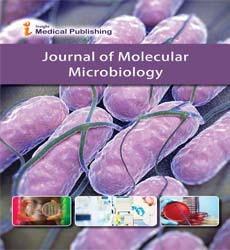Computational prediction of sirna as a potential antiviral agent against COVID-19
Abstract
Severe acute respiratory syndrome coronavirus 2, also known as COVID-19, has become a public safety issue. It had first originated in Wuhan, China, about December 2019, and later spread to approximately 222 countries owing to its extremely infectious nature. Numerous vaccines have previously been licensed by various authorities across the world to develop herd immunity in the population. In line with these efforts, RNA interference (RNAi) technology offers the possibility of stepping up the fight against this virus (Lu, 2020). RNA interference (RNAi) is a novel regulatory and efficient silencing strategy in molecular therapy via a sequence-specific RNA degradation mechanism. Several studies revealed the effectiveness of siRNAs inhibiting viral replication (Hannon, 2002). To date, RNAi technology is reported as an ideal tool to inhibit infectious virus replication in host cells because siRNA can target and silence the important genes of the virus. RNAi technology has been accepted as a possible method for suppressing the contagious virus in host cells, as siRNA can reach and suppress critical genes (Deborah, 2006). In this study, computational tools were used to predict specific siRNA molecules against the spike glycoprotein gene, which encode an important protein that facilitating virus entry into the host cell. The spike glycoprotein (or simply "spike protein") is the common spike in the surface of the coronavirus and plays a crucial function in host receptor selectivity and cellular attachment. Solid empirical data has shown that SARS and SARS-CoV-2 spike proteins interact with the (ACE2) angiotensin-converting enzyme 2 (Chen, 2020). As a consequence, inhibition of Spike protein may prevent the entry of the viron into host cells. Mutations in the spike protein could change viral pathogenesis (Wan, 2020). Software was used to predict siRNA sequences. This software measures separate siRNA ratings for different algorithms considering the important parameters (Ichihara, 2007).
Open Access Journals
- Aquaculture & Veterinary Science
- Chemistry & Chemical Sciences
- Clinical Sciences
- Engineering
- General Science
- Genetics & Molecular Biology
- Health Care & Nursing
- Immunology & Microbiology
- Materials Science
- Mathematics & Physics
- Medical Sciences
- Neurology & Psychiatry
- Oncology & Cancer Science
- Pharmaceutical Sciences
